How Has Remote Work Affected the Austin Real Estate Market?
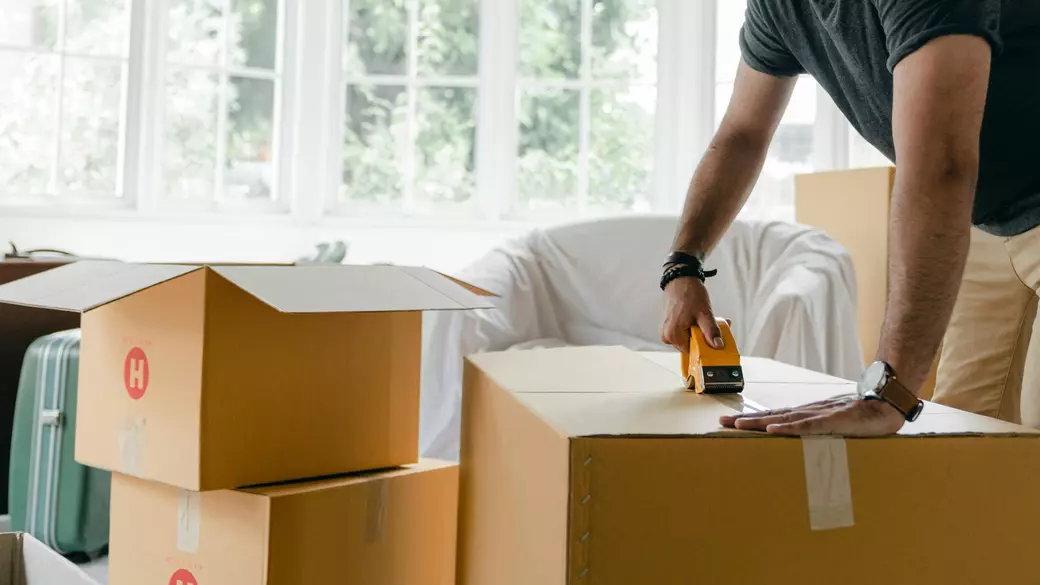
Over the past few years, remote work has transformed the way people live, work, and choose where to buy homes. Austin, already a hotspot for tech professionals and entrepreneurs, has felt the effects of this shift in a big way.
From changing homebuying priorities to influencing which neighborhoods are in demand, here’s how remote work has reshaped Austin’s real estate market—and what it means for buyers and sellers today.
1. More People Are Moving to Austin for Lifestyle, Not Just Jobs
Before remote work became widespread, job location was one of the biggest factors in choosing where to live. If you worked for a major tech company, you likely had to live near Silicon Valley, Seattle, or another big city with high job density.
Now? People can live where they want, not just where their office is.
🚀 Austin’s Appeal to Remote Workers:
- Lower cost of living compared to coastal cities like San Francisco and New York
- No state income tax, meaning more take-home pay
- Warmer climate and outdoor-friendly lifestyle
- Thriving startup and tech scene, making it a great networking hub
📌 Impact on the Market:
- More out-of-state buyers moving to Austin, often with higher budgets than local buyers
- Increased demand for larger homes with home offices and outdoor space
2. Shift in Homebuyer Priorities: Bigger Homes & Home Offices
With remote work becoming the norm, many homebuyers in Austin are looking for more space, dedicated home offices, and outdoor amenities.
🏡 What Buyers Want Now:
- Dedicated office space or an extra bedroom for remote work
- Larger backyards & outdoor living areas for work-life balance
- Flexible layouts (open-concept designs are less desirable for work-from-home setups)
- Strong internet & smart home features for seamless remote work
📌 Impact on the Market:
- Suburbs and surrounding areas (Leander, Cedar Park, Dripping Springs) are growing in popularity
- Larger homes are in demand, leading to higher competition in the $500K+ price range
- Homes with dual offices or flex spaces are selling faster than those without
3. Suburban & Outlying Areas Are More Popular Than Ever
Before remote work, many homebuyers prioritized shorter commutes and wanted to live close to downtown Austin. Now, with fewer people needing to be in an office daily, suburban and exurban areas have exploded in popularity.
📍 Growing Suburban Markets:
- Leander & Cedar Park – Master-planned communities, great schools, larger homes
- Dripping Springs – Hill Country feel, more space, growing luxury market
- Georgetown & Liberty Hill – Lower prices, historic charm, increasing new builds
- Kyle & Buda – Affordable, family-friendly, easy access to Austin via I-35
📌 Impact on the Market:
- Increased home prices in suburbs as more buyers seek space
- New construction is booming in areas that were once considered “too far”
- Downtown condos have seen softened demand, especially in the high-end market
4. The Rise of the “Work-From-Anywhere” Homebuyer
Remote work has also given rise to a new category of homebuyers—those who aren’t tied to one city and can move freely.
🏝️ Who Are These Buyers?
- Digital nomads who split time between cities
- Investors buying homes in Austin while living elsewhere
- People relocating for lifestyle reasons, not jobs
📌 Impact on the Market:
- Short-term rental demand has increased in desirable locations
- More investors purchasing homes remotely, driving up competition
- Luxury homes in scenic areas (like Lake Travis & Hill Country) are seeing more interest
5. Office Space Demand Has Shifted, Impacting Downtown Real Estate
With more companies allowing hybrid or fully remote work, office space in downtown Austin has seen fluctuating demand.
🏢 Trends in Commercial & Downtown Residential Real Estate:
- Some companies are downsizing their office footprints to save costs
- More workers are choosing not to live downtown if they don’t need to commute daily
- Luxury condos and apartments downtown have seen price adjustments due to lower demand
📌 Impact on the Market:
- Downtown rental prices softened in 2023, but demand is rebounding as hybrid work increases
- Developers are repurposing office spaces into mixed-use developments
- Some buyers are choosing townhomes or small single-family homes over downtown condos
6. Will Remote Work Keep Affecting Austin’s Market?
Yes! Remote work is here to stay, and it will continue to influence where people buy, how much space they need, and what features matter most.
🔮 Predictions for the Future:
- Suburban growth will continue, but urban living may regain popularity as hybrid work becomes the norm.
- Home office spaces will remain a top priority for buyers.
- Austin will continue to attract remote workers relocating from higher-cost states.
- New construction in suburban areas will keep growing to meet demand.
Final Thoughts: How to Navigate Austin’s Remote Work Market
✅ For Buyers:
- If you work remotely, consider homes with dedicated office space and strong internet.
- Look at suburbs for better pricing and more space.
- Be prepared for higher competition in family-friendly and growing areas.
✅ For Sellers:
- Highlight home office space, backyard features, and flexible floor plans.
- If selling a condo or downtown home, price competitively and market hybrid-work benefits (walkability, amenities, co-working spaces nearby).
- Staging your home with a designated work-from-home area can attract remote workers.
📌 Bottom Line: Remote work has made Austin even more desirable for buyers relocating from across the country, shifting demand toward larger homes, suburban areas, and flexible living spaces. Whether you’re buying or selling, understanding these trends can help you make smarter real estate decisions.
👉 Want to stay updated on Austin’s real estate trends? Follow along for market insights, buying tips, and expert advice on navigating today’s housing market!
Categories
Recent Posts

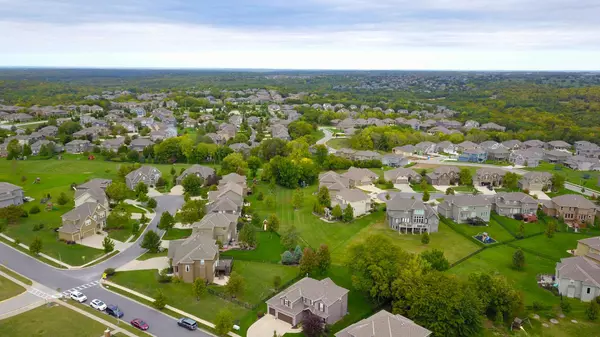
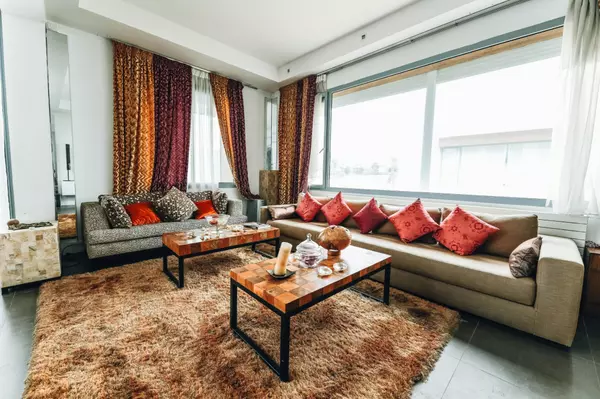
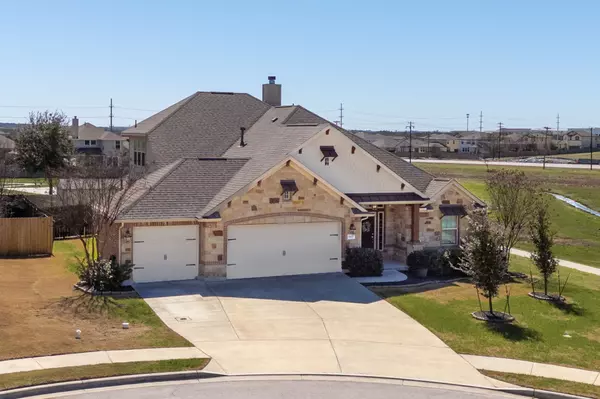
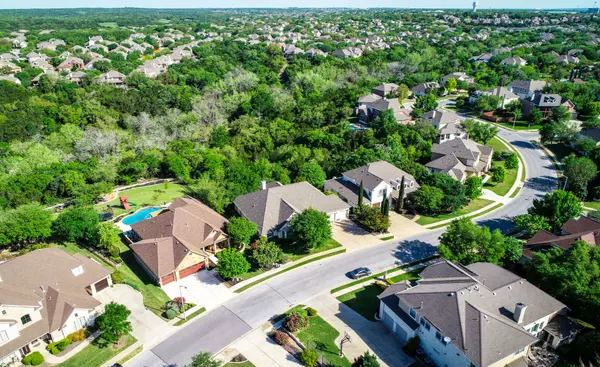

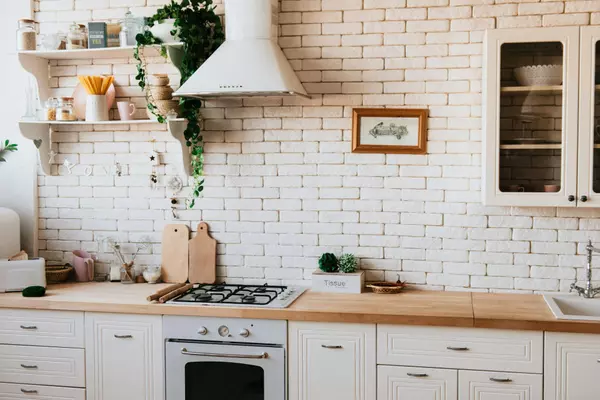
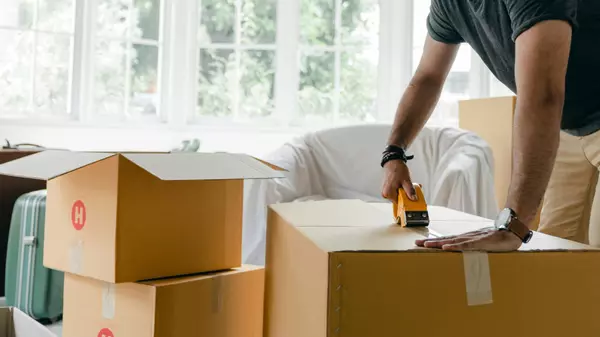

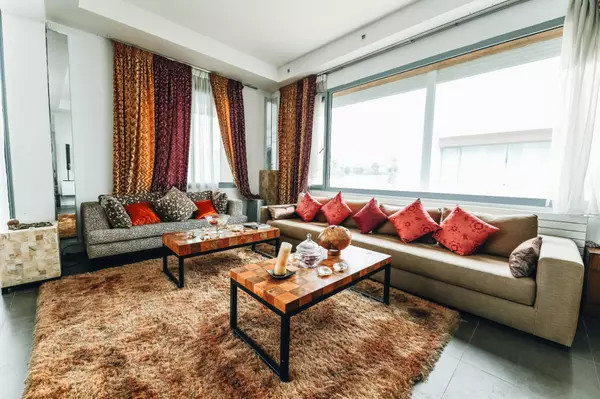
JW Roeder
